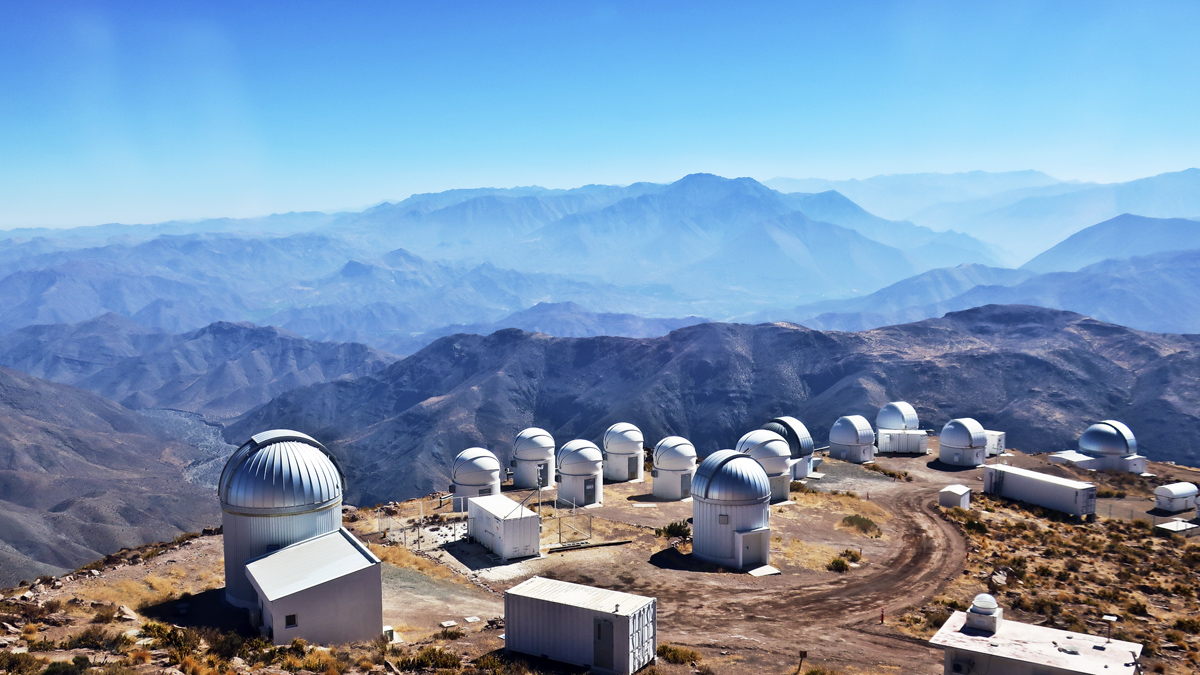
You don’t need to know much Spanish to grasp the meaning of a sign as we start our perilous zigzag climb up a cactus-covered mountain in Chile. Precaucion: Zona de curvas y pendientes fuertes. Caution, curves and steep slopes, or more to the point: If you miss a turn, it’s a long, long way down.
Our goal is a unique scientific complex whose telescopes are discovering distant galaxies and unravelling the mysteries of black holes and supernovas. The Cerro Tololo Observatory was built atop this desolate mountain in northern Chile’s desert because of its unique climate that boasts Cielo mas limpio del Mundo: the clearest skies in the world. More than 200 absolutely cloudless nights a year are guaranteed. There’s no haze in the atmosphere to create distortion and no towns with electric lights for 50 miles in any direction.
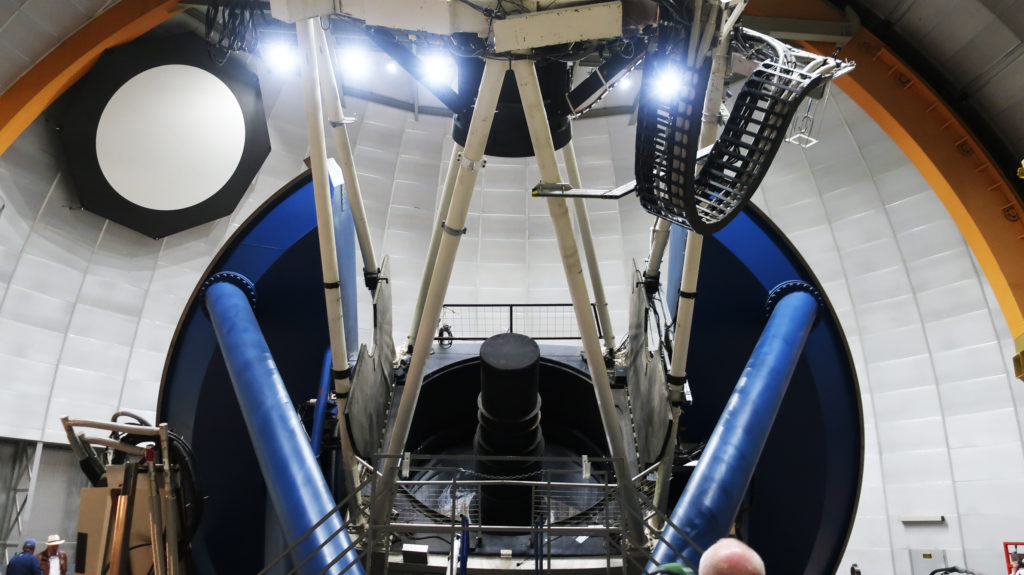
The trip to astronomers’ Heaven is a specialty shore excursion from Seven Seas Explorer and we’re fortunate that Regent Seven Seas Cruises has enough clout with the observatory to let us visit on a Monday morning. Others aren’t as fortunate. As we wait for an attendant to open the gate to the road up the mountain—a turnoff from a route aptly known as the Highway to the Stars— a carload of day trippers is told they need to turn around because the observatory is only open to the public on Saturday mornings.
That’s because most everyone in the stargazing biz sleeps by day. They tend the scopes on red-eye shifts in the middle of the night, when the sky is ablaze with flecks of light. The dazzling light show here draws astronomers from around the world who book viewing times on the scopes a year in in advance. And a couple of the giant mirror telescopes are superstars: so powerful they can locate planets in other galaxies unimaginable distances away from our own Milky Way and catch snapshots of supernovas exploding.
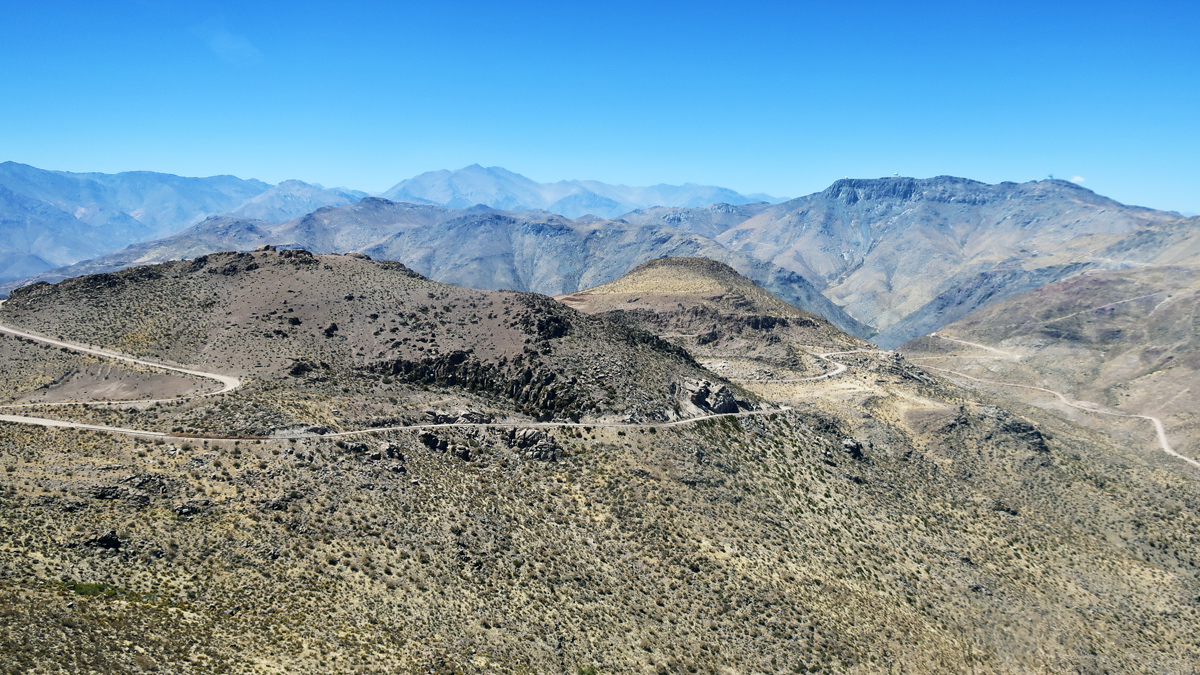
The Cerro Tololo Inter-American Observatory is a complex of astronomical telescopes and instruments operated by teams of scientists from Chile and the United States. Its claim to fame has been the four-meter Victor Blanco Telescope that for years after its inauguration in 1974 was the largest telescope in the world. It’s been outshone only recently, by the Very Large Telescope operated by European consortium on a nearby Chilean mountain that has an eight-meter mirror. But the Victor Blanco and its associated community of impressive scopes have racked up volumes of discoveries, including a team that won the Nobel Prize for Physics in 2011.
The telescopes are awesome pieces of equipment, built on clockwork-like turntables that allow them to rotate up and down and turn a full circle, with computer guidance that helps the big lenses and mirrors focus in on details of galaxies light years away with pinpoint precision.
We tour the two biggest observatories after a safety briefing: stay away from walls that might suddenly start to move, and be prepared to climb lots of steps. This is a working laboratory and not a stage set, and the layout is geeky, less The Matrix and more like a cross between Star Trek and a glorified auto shop. The floors are filled with test equipment, pressurized tanks, hoists and massive gears that can rotate the scopes and the whole upper level of the observatory smoothly to aim at stars in any location.
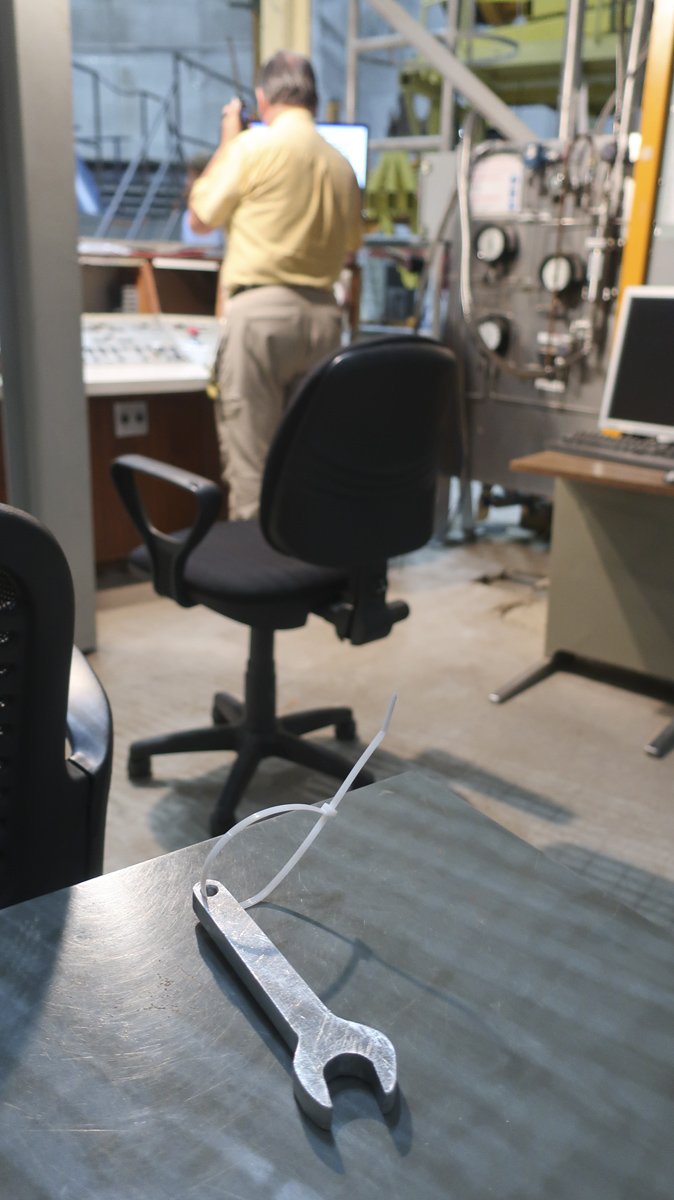
Of course it’s daytime, so we can’t actually get to peer through the scopes ourselves, but we tour the laboratories, where banks of computers are plotting galaxies, stars and planets that could include many just like our Earth. Could folks out there be phoning home with images they’re taking of us as well? Stay tuned, because the thousands of sightings recorded every night can take years to interpret.
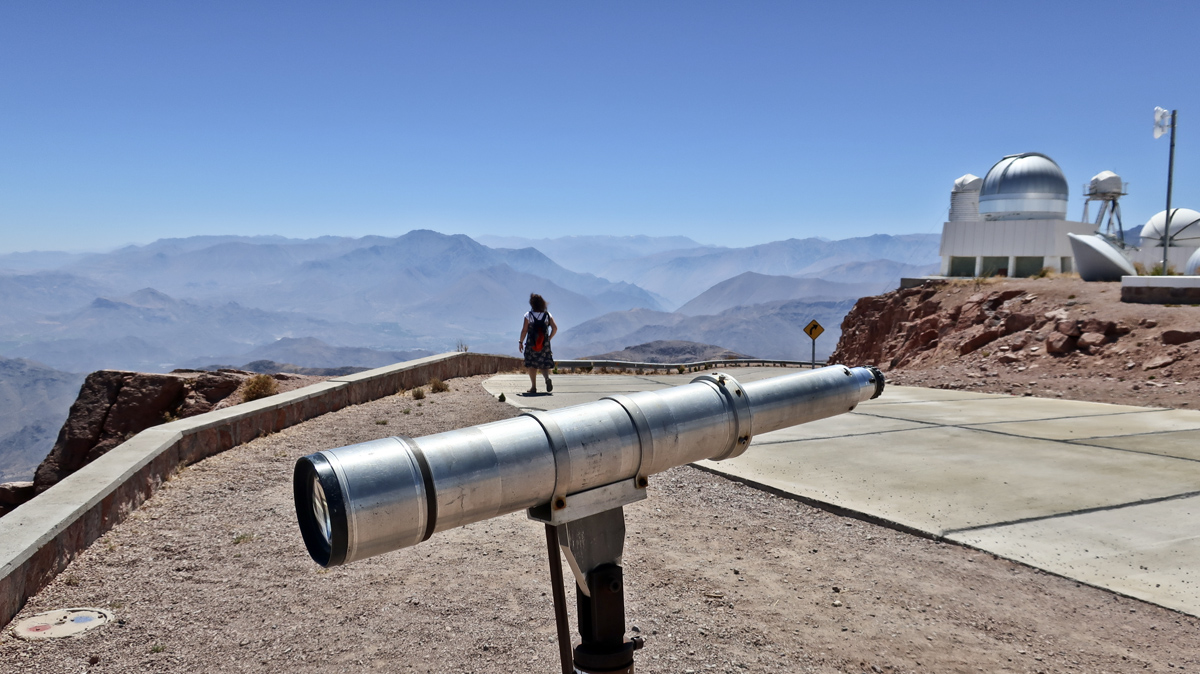
One of the revelations of the clear skies is the freshness of the air here. We’ve left pollution behind in a cloud of dust. Walking around the mountaintop and looking at the vast vistas below under ultra-blue skies is like viewing earth from a satellite.
The trip back down from the summit with its thrill ride of hair pin turns and cliffside gasps is just as exciting as the climb up the mountain. An unexpected sight on the cactus-covered slopes are flocks of beautiful green parrots.
Getting back into the Elqui valley at the bottom of the mountain, the road is lined with remarkable farms that coax grapes, lettuce and a unique kind of green papaya to flourish in this otherwise arid climate using drip irrigation. The rich, rocky soil is prime for growing red wine grapes and a special of grapes that grow on tall stalks and are used for fermenting the famed pisco brandy.

It’s lunch time and we stop at a restaurant where we’re greeted with a pisco sour (and refills). A hearty lunch consists of specialty dishes made with locally grown ingredients and we’re entertained by musicians singing ethereal Chilean melodies. It’s been a Heavenly day with remarkable views of an otherworldly landscape and the universe beyond.
Getting there:
While many tours from Regent ships are complimentary, the journey to Cerro Tololo from Seven Seas Explorer is a premium excursion with an additional price of $149 a person. It starts in the port of Coquimbo, 460 miles north of the capital Santiago and tours the grape-growing Elqui valley
Coquimbo translates as quiet water, and it’s so dry that the scant rainfall on an average year tends to evaporate as soon as it falls. But it was not so quiet in 2018, when an 8.3 earthquake triggered a tsunami that flooded the valley. Another quake in January, 2019 damaged hundreds of homes.
There are 27 Catholic churches in the town and the story is that every time one was destroyed they rebuilt the old and raised a new one as a offering to be spared future quakes. Some colonial buildings have survived the many shakes and their stucco walls are painted in traditional shades of red and white.





